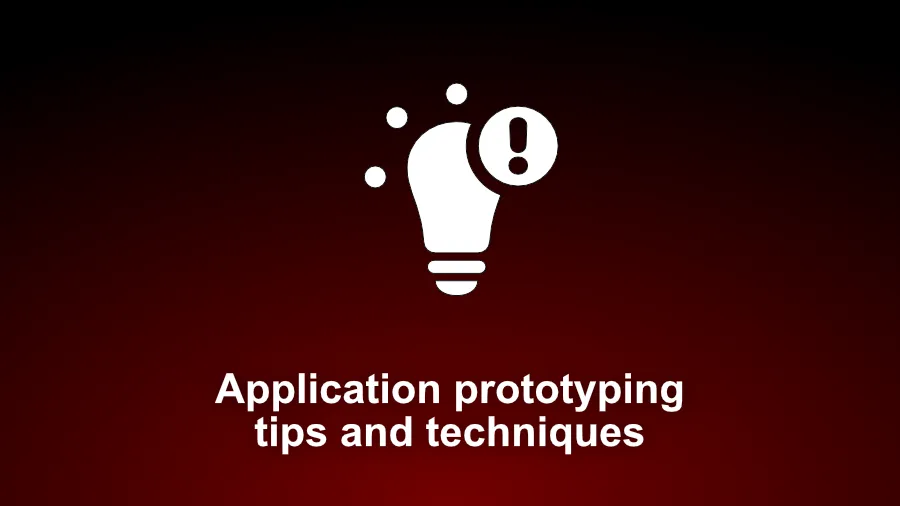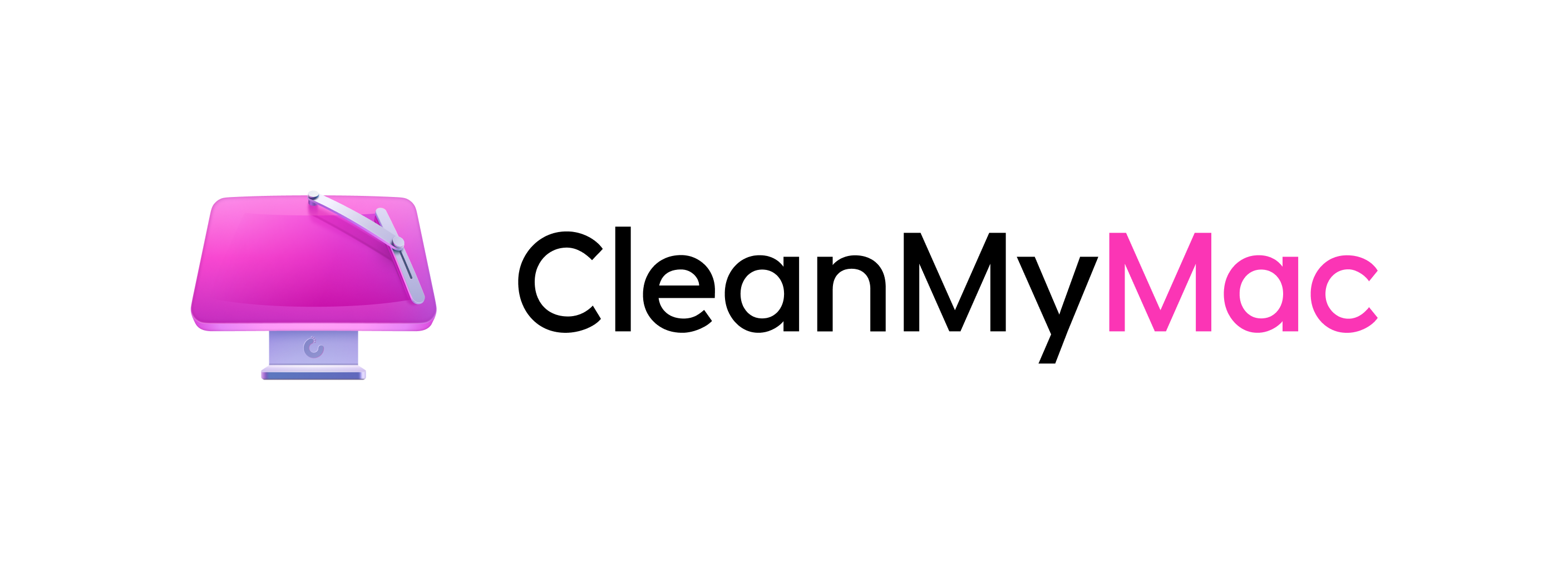
· 4 min read
Application prototyping tips
Rapid prototyping can help visualize and interact with an idea. This can help refine ideas before committing to a product.
Here are some tips that apply to any application development regardless of language. When making your apps, the more information you have upfront and throughout the process, the better, which means prototyping.
Here are my suggestions for making better prototypes.
Keep it simple
Developers and designers always tend to overdo things (shocking, right!), so keep it simple: you are not building the final product. Only do what is needed to get the application feel, flow, and maybe look working and in the hands of people for comments as quickly as possible.
Create enough code or full static screen images to get the idea across. Consider just using a slide slow of screens to present possible flow options and check for the size of elements like buttons (remember the Apple Human Interface Guidelines).
Do not solve code problems. Try very hard to write little, if any, code. For example, let’s say your application has a map; don’t code it, but use a screenshot to convey the idea.
Expect to iterate over time**
After you get your prototype in the hands of people, preferably the kind of people who will be using the final application, you will start getting feedback. Collect this feedback and look through it for common threads. These are the keys to the real problems you have to solve.
Then, go back to the prototype, make changes, and get it back in the hands of the test group. Expect to do this several times before planning the actual application. It would be best if you also got the input of any marketing departments/teams that may influence the product at this stage to ensure no surprises later.
Use familiar tools
We all have our favorite tools. Some like paper and pencil, while others favor software package X. Use whatever you are comfortable with to make the prototypes. The key here again is getting it done fast and doing just enough to get it in the hands of people before starting the actual work.
So, if you prefer Illustrator or Sketch, for example, then use that. There are now many templates for you to download and use with just about every standard iOS control you can think of. Get them and use them to save time drawing the date picker repeatedly!
Apple has some great videos on using Keynote to start prototyping, and I recommend checking them out in the developer portals. Hey, it’s a free tool for many at this point, so make use of it.
Try to get the hands of the prototypes into groups of people expecting to use it
I have mentioned this already, but it is worth repeating! When I try an app, I often feel that it never left the hands of the engineers or marketing during development. THIS HAS TO STOP!!! OK, rant over :)
It would be best to try to get your apps during the prototype stage in the hands of the people you expect to use them. These people will help determine the problems and decide whether the app is a success or failure.
Now I get it. This is complicated; You are building the next most significant thing that will go viral and do not want to give away any of the secrets before releasing the app (if you ARE thinking this, then a brutal reality check is about to knock on your door or cube wall).
Still, it would be best to have feedback from people not involved in app development. These people matter, and their opinions can help you avoid terrible decisions.
Test prototypes on targeted devices
The iOS simulator is a fantastic development tool, but the devices you plan to release are the best. Nothing beats seeing screens of the right size and color on the device(s). This way, you can check that the controls feel right and that the placement and layout work as expected.
Check for assistive compatibility
Do a simple color blindness test by desaturating and viewing the interface in grayscale to ensure interactions like buttons are still visible. Check for assistive audio and any other compatibility you may need to perform.
These are just a few of my top tips for getting an app right before putting code into the compiler. Do you have any prototyping tips you want to share? Contact me via X @compileswift or the contact form, and let’s make apps better.

